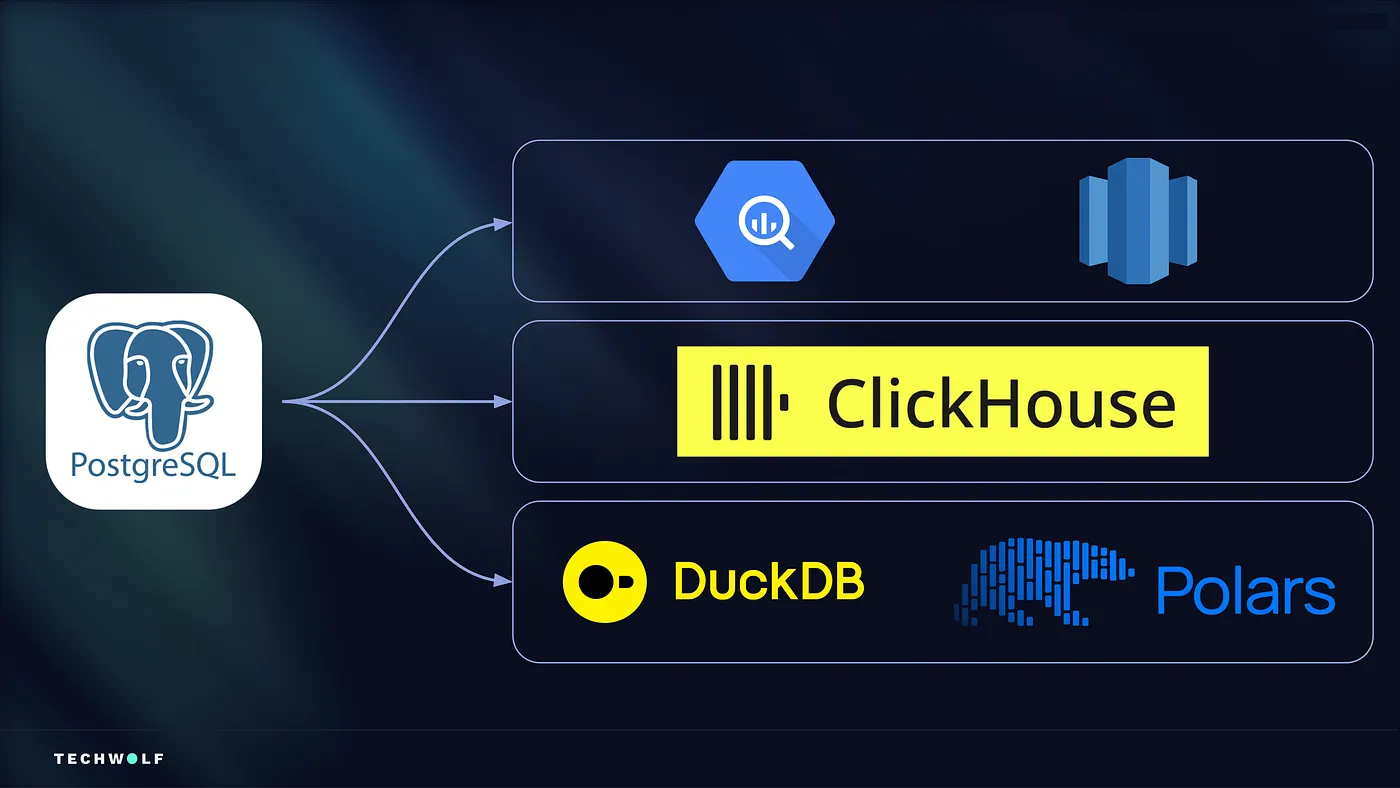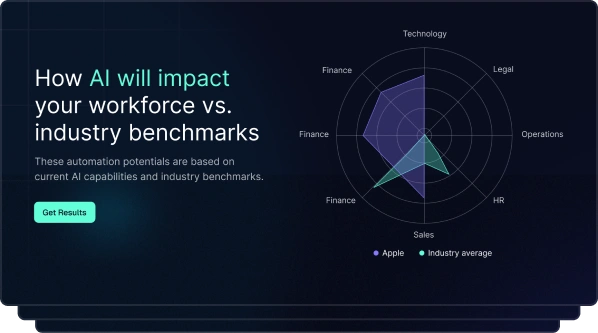
Heading
TechWolf is on a mission to redefine how organizations understand and leverage skills data.
We are dedicated to developing specialized AI that is built exclusively to solve the skills intelligence problem—delivering unparalleled accuracy, fairness, and transparency.

Our AI vision
We envision a world where AI-powered skill data drives workforce transformation, enabling businesses to make informed talent decisions, foster internal mobility, and future-proof their organizations.


Our committment to the AI Act & responsible AI
As part of our commitment to responsible AI, TechWolf aligns with the ISO 42001 standard for AI management and is a proud member of the AI Pact, ensuring we adhere to the highest industry standards for ethical AI development.

Responsible, Transparent, Fair
TechWolf’s AI follows a strict charter that ensures responsibility at every step.
Bias-resistant & fair AI
AI models go through audits to prevent discrimination
Explainable AI
Clear and transparent decisions, not black-box algorithms.
Data security
Protection built into every AI model.
Open innovation
Research and open-source contributions over restrictive patents. ( publishing over patenting)
2.1B+Training Data Points

50+Most-cited AI in workforce intelligence

10K+Research Hours

7Papers published across top AI journals

15Models running in production

5000+Open source downloads

SkillMatch
We construct and release SkillMatch, a benchmark for the task of skill relatedness, based on expert knowledge mining from millions of job ads.
On the Biased Assessment of Expert Finding Systems
This study provides an analysis of how these recommendations can impact the evaluation of expert finding systems.
CareerBERT
Career Path Prediction using Resume Representation Learning and Skill-based Matching
Extreme Multi-Label Skill Extraction Training using Large Language Models
TechWolf leverages Large Language Models (LLMs) to accurately detect both explicit and implicit skills, linking them to a comprehensive skill ontology. Our innovative approach generates high-quality synthetic training data, combined with contrastive learning, leading to a 15-25% improvement in skill extraction accuracy compared to traditional methods.
Ranking the skills required for a Job-Title
In this paper, we describe our method for ranking the skills required for a given job title.
Skill extraction
benchmark for job ads
JobBERT 2
This is a sentence-transformers model finetuned from sentence-transformers/all-mpnet-base-v2 on the generator dataset. It maps sentences & paragraphs to a 1024-dimensional dense vector space and can be used for semantic textual similarity, semantic search, paraphrase mining, text classification, clustering, and more.
Build AI that shapes the future of work
Join a team of innovators driving AI-powered workforce intelligence. Explore opportunities to make an impact.
Blog
Relevant sources
From guides to whitepapers, we’ve got everything you need to for your skills journey.

Real-time analytics, 1000× faster: our journey from Postgres to ClickHouse
At TechWolf we re-engineered our analytics: from Postgres to ClickHouse, to turn minute-long skill queries into ~300 ms, sub-second insights across 10M+ records.

Building product at TechWolf: Mathieu’s Journey
A brief behind-the-scenes look as Mathieu shares his path into product at TechWolf, from a breakfast meeting to leading strategic integrations and innovation.

Modern security as a strategic enabler in a SaaS enterprise
In enterprise SaaS, trust is earned, not declared. This article explores how TechWolf turns security into a business enabler, using assurance frameworks, risk-led principles, and cross-functional collaboration to accelerate growth while keeping innovation safe.






%20(1).jpg)
%20(1).jpg)
%20(2).jpg)

.jpg)



.jpg)



